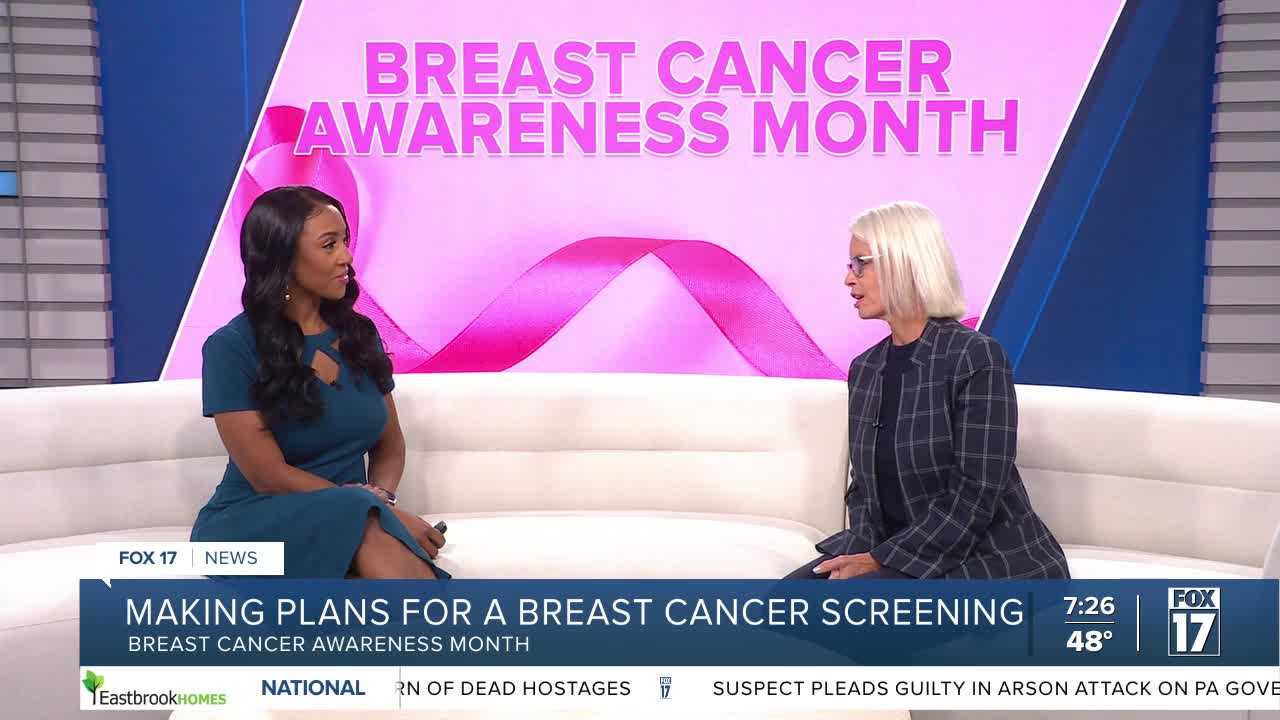Information provied by Dr. Diana Bitner, true. Women's Health:
October is Breast Cancer Awareness Month. People may have many questions about getting screened including:
- What's the best way to screen for breast cancer?
- How often should I get a mammogram?
- Do I need an ultrasound as well?
- Do I need an MRI?
- If I get a mammogram, what kind shoudl I get?
- Will my insurance pay for the 3-D mammogram?
- What does it mean that I have dense breasts?
Many factors help determine what kind of screening is best for you:
- Your Age
- Your breast density
- Whether you've had children and how old you were when you had your first child
- Family history of breast cancer
- Prior breast biopsy
- Genetic mutations
- Calculated risk: Tyrer-Cuzick Risk Score
- a higher than 20% llifetime risk may qualify you for advanced screening
Although there are several different screening guidelines, and it can feel confusing, Dr. Bitner says there there is definitely one worst possible choice: not getting screened at all. If you get breast cancer, the most important thing to do is hopefully catch it early.
The first thing to know is if you are at high or low risk for breast cancer. Most screening guidelines share that normal risk patients do not have family history, do not have dense breast tissue, and have not had prior biopsies.
The second thing to know is how tests are different.
WATCH BELOW: DR. BITNER EXPLAINS THE IMPORTANCE OF BREAST CANCER SCREENING
Testing options currently available and proven effective:
- Mammogram
- Ultrasound
- MRI
- Contrast-enhanced mammogram
Testing options NOT effective or safe:
- Thermogram
- Not testing at all
A mammogram uses xray technology which, essentially tells the difference in tissue density with bone being white and liquid being black. A mammogram can sometimes tell if there is a mass or increased areas of density. The next step is an ultrasound.
Ultrasound is a technique that uses sound waves instead of x-rays and is more sensitive to pick up subtle differences in tissue density. It is very helpful to tell solid tissue from fluid, and helps to see if a density or lump found on an exam is solid or a cyst. It can also tell the level of concern. Ultrasounds are not for screening, they are for determination of risk and whether or not a biopsy should be next step.
An MRI is an imaging test that uses magnetic energy and can be done with or without contrast. It's used as a screening tool for women with extremely dense tissue or for women with known risk factors, not for people with low risk factors.
Dr. Bitner shared information about the "Wisdom Study". The study is meant to help determine the best ways to screen women for breast cancer. You can sign up here.
Read more stories from the FOX 17 Morning News team
Do you have an idea for the Morning News team or maybe an idea for a guest segment or something for the gang to come out and try? Send them an email at mornings@fox17online.com or call 616-447-5252 and leave a message.
Follow FOX 17: Facebook - X (formerly Twitter) - Instagram - YouTube



